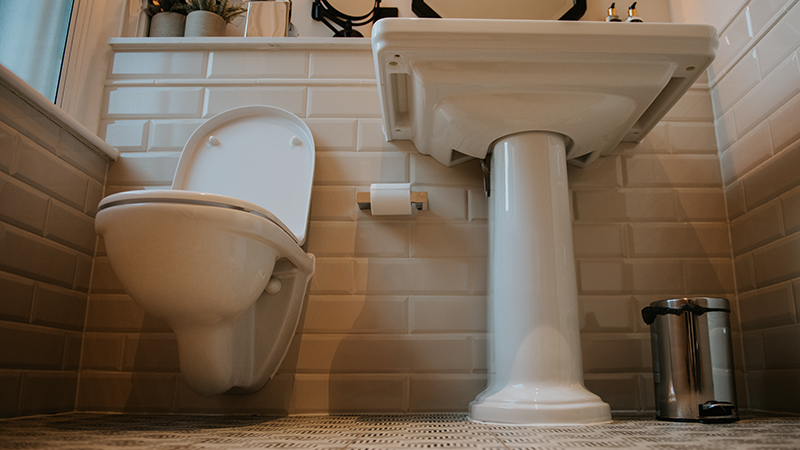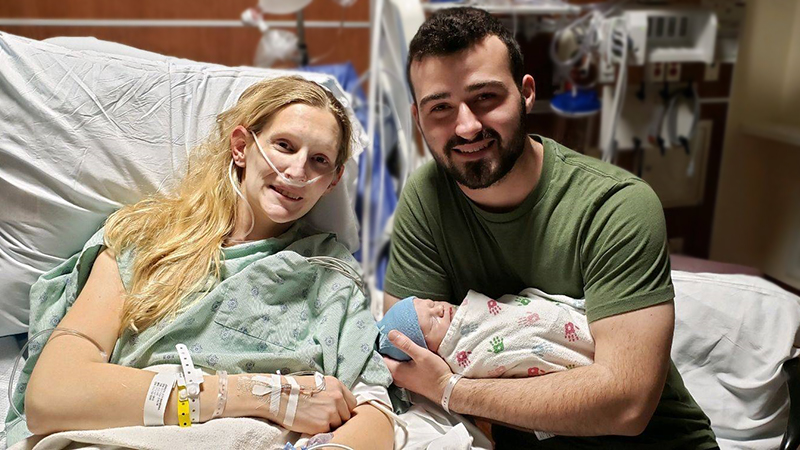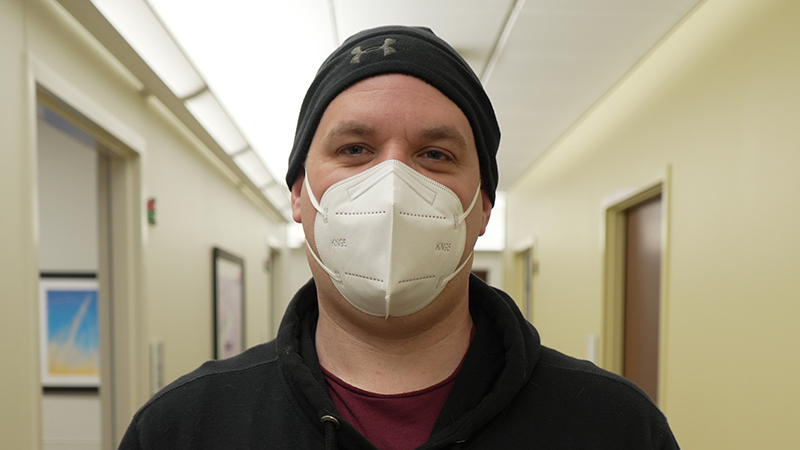Causes and Diagnoses
Causes and Diagnoses of Varicose Veins
The exact cause of varicose veins is not known. If vein valves become stretched and do not close tightly, blood can pool in the lower legs. Pooled blood increases the pressure against the vein walls. This increased pressure may also cause the veins to stretch further and bulge. Little muscle support in the superficial veins and weak vein walls may be contributing factors.
Varicose and spider veins are primarily a genetic condition. They are not caused by walking in high heels, crossing your legs, standing for long periods of time or wearing knee-high socks.
Risk factors may include:
- Congenital vascular malformations
- Family history
- Faulty or absent venous valves (inherited or acquired)
- History of blood clots
- Deep vein thrombosis
- Hormonal factors in women
- Obesity
- Pregnancy




